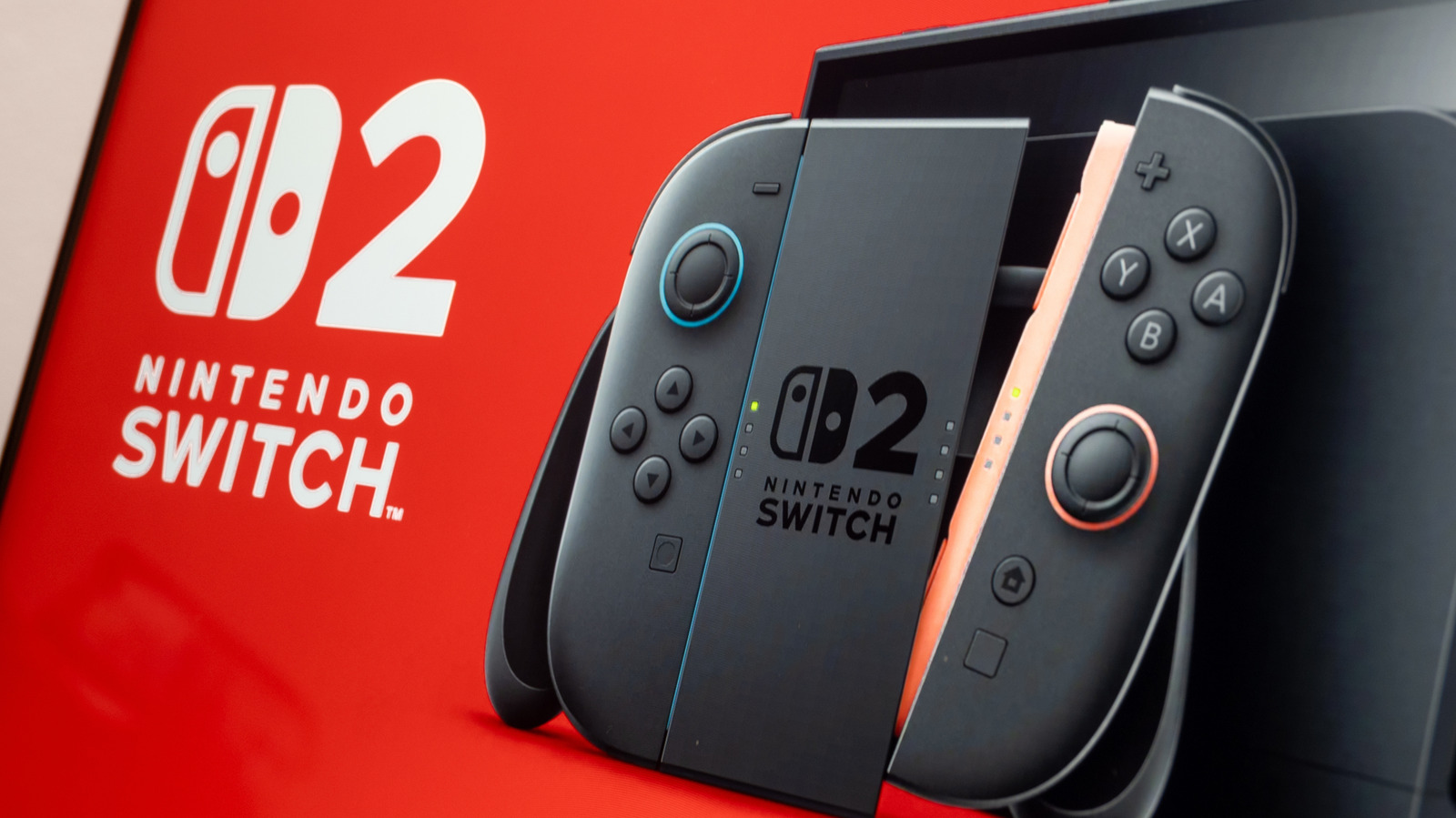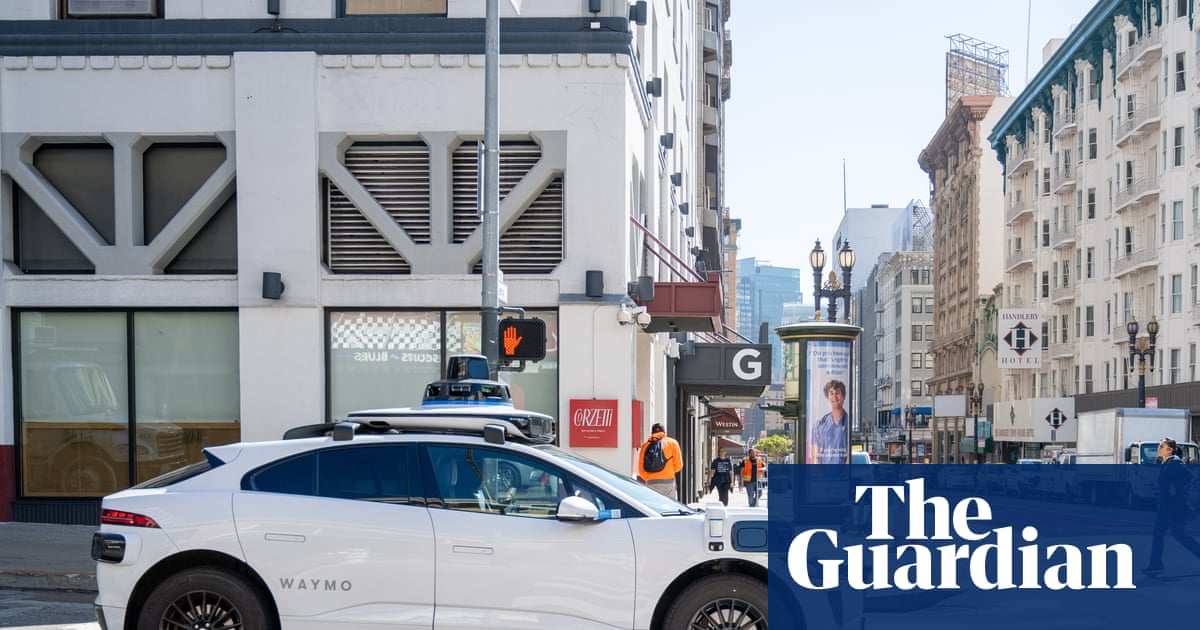Shenzhen-based RoboSense has been named in The Humanoid 100: Mapping the Humanoid Robot Value Chain, a global top 100 list of companies in the humanoid robotics sector, recently released by the US financial services company Morgan Stanley. Notably, the Chinese robotics firm joins industry leaders such as NVIDIA, Microsoft, Google, and Tesla in effecting the global humanoid robotics value chain, according to the list.
Why it matters: 37 Chinese companies made the Morgan Stanley list. As a leader in LiDAR technology, RoboSense’s role in perception systems is vital for robot navigation. LiDAR (Light Detection and Ranging) is a remote sensing technology that uses laser pulses to measure distances and create precise 3D maps of environments.
Details: Morgan Stanley categorizes the value chain of humanoid robots into three major segments: Brain, Body, and Integrators.
- The Morgan Stanley report states that companies in the Body segment primarily provide core components such as sensors, actuators, batteries, and analog semiconductors, which support humanoid robots’ mobility, sensing, and power distribution needs. RoboSense, Sony, Texas Instruments, Intel, CATL, and Inovance Technology, are key representatives in this sector.
- In the rapidly expanding robotics market, RoboSense has formed partnerships with over 2,600 companies across more than 40 countries and regions, according to the company. Its products have received large-scale orders from major players in consumer, commercial, and industrial robotics, with mass production and delivery scheduled for 2025.
- In January, RoboSense launched the Active Camera, a new robotics vision solution that integrates sensor hardware, computing cores, and AI algorithms into an intelligent ecosystem. With flexible sensor configurations, it adapts to varying requirements for range, accuracy, resolution, and ambient light resistance.
- When asked by TechNode about future plans to collaborate with more global giants, RoboSense Marketing Director Xie Tiandi stated that any partnership leading to a win-win outcome is welcome, though he did not mention any specific future partners. “The robotics industry is in a period of opportunity, with a shared industry consensus to accelerate market expansion,” Xie said (our translation).
- In relation to the company’s strategy and potential expansion into whole robotics development, Xie told TechNode that RoboSense has already developed complete robotics as part of its long-term strategy, while hand-eye coordination remains a top priority in the short- to mid-term. “The company currently prioritizes building a robotics ecosystem around hand-eye coordination, a key technology that helps robots see better and use their hands more like humans. This involves a whole range of brain-thinking processes: seeing, understanding, decision-making, planning, and control,” Xie added.
Context: China dominates the Body category of the Morgan Stanley list, and has a well-developed component supply chain. Chinese companies account for the largest share by country in this sector at 37.5%, with Baidu, Horizon Robotics, GAC Group, XPeng, Xiaomi, Tencent, Foxconn, UBTech, Leadrive Harmonic, and CATL all featuring.
Related










